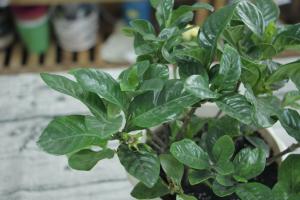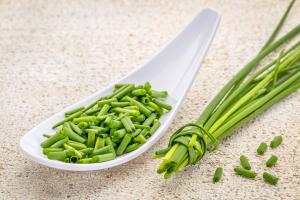Can Potted Pepper Plants Be Brought Inside and Survive?
Pepper plants are a favorite among gardeners and foodies alike. They are a staple ingredient in many dishes and add a flavor and spice unlike any other. But what do you do with your pepper plants when the weather starts to turn cold? Can you bring them inside and keep them alive? The answer is yes, but there are a few things you need to know.
Preparing Your Pepper Plants for Indoor Living
Before you bring your pepper plants inside, you need to prepare them for indoor living. First, you need to make sure they are acclimated to the change in lighting. Start by moving your plants to a shadier area outside, gradually increasing their time in the shade over several days before moving them inside.
Next, do a thorough inspection of your plants for any pests or diseases. You don't want to bring any unwanted guests into your home. You should also prune your plants and remove any dead or dying leaves to encourage healthy growth.
Choosing the Right Spot for Your Pepper Plants
Once your pepper plants are ready for indoor living, you need to choose the right spot for them. Peppers need bright, direct sunlight for at least six hours a day, so choose a sunny window or invest in grow lights to ensure they get enough light. They also need a relatively warm environment, so make sure the room is between 65 and 80 degrees Fahrenheit.
Pepper plants also need good air circulation, so don't overcrowd them in a tight corner. Additionally, make sure they are not near any cold drafts or vents that could harm them.
Watering and Fertilizing Your Pepper Plants
Indoor pepper plants require more careful watering and fertilizing than outdoor plants. Water your plants when the soil is dry to the touch, but be careful not to overwater them, as this can cause root rot. You may also need to fertilize your plants more frequently indoors. Use a balanced fertilizer at half strength every two weeks.
Managing Pests and Diseases
Even in the controlled environment of your home, your pepper plants can still fall prey to pests and diseases. Keep an eye out for spider mites, aphids, or whiteflies, and remove them by spraying your plants with a mixture of water and dish soap. You should also keep an eye out for signs of fungal or bacterial diseases, such as leaf spots or wilting. Remove any affected leaves immediately and consider treating your plants with a fungicide if the infection spreads.
Conclusion
Bringing your pepper plants inside and helping them thrive is entirely possible, but it does require a bit more knowledge and attention than outdoor growing. With proper preparation, lighting, watering, and pest management, you can enjoy fresh peppers all year long.

 how many times do yo...
how many times do yo... how many planted tre...
how many planted tre... how many pine trees ...
how many pine trees ... how many pecan trees...
how many pecan trees... how many plants comp...
how many plants comp... how many plants can ...
how many plants can ... how many plants and ...
how many plants and ... how many pepper plan...
how many pepper plan...































